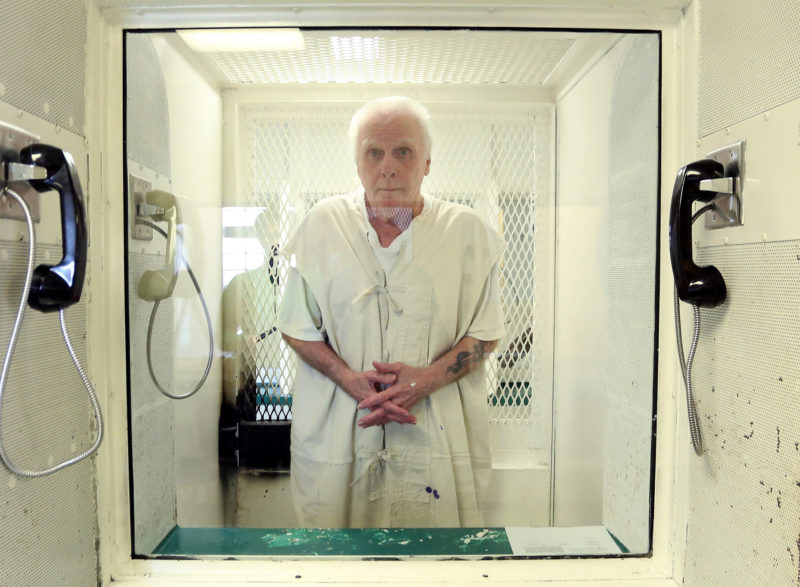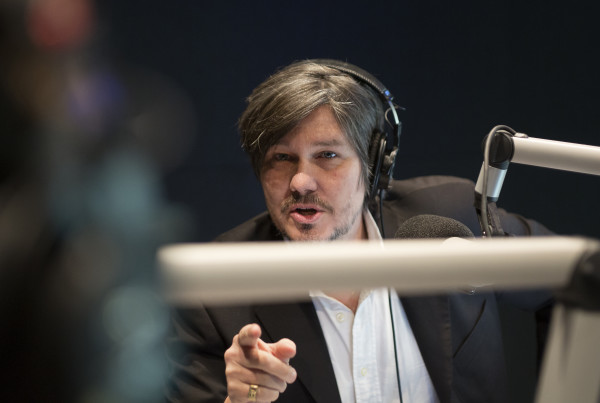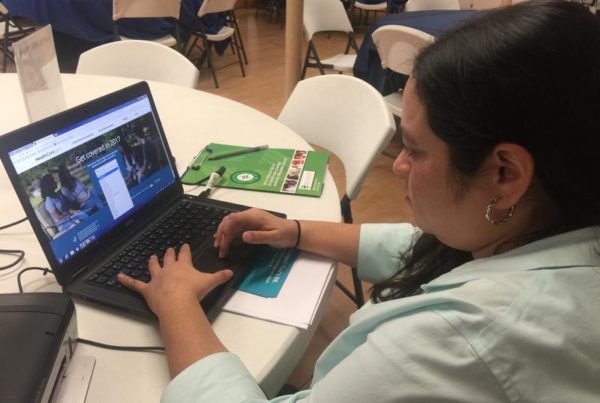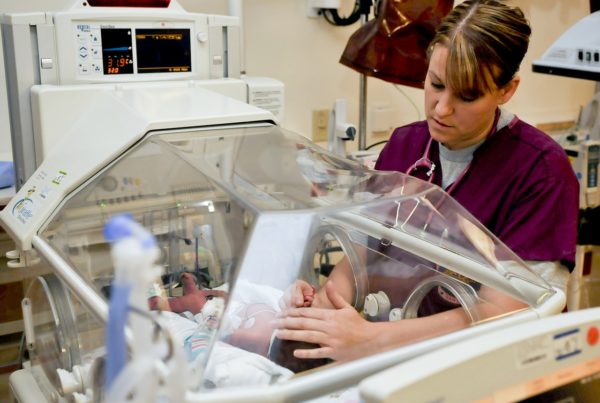Public radio stations from across the state collaborated on this series looking at the death penalty in Texas – its history, how it’s changed, whom it affects and its future.
Death row inmates often spend decades between the day they’re sentenced and the day they’re executed. That can be due to many factors – from lengthy appeals to the state being unable to get the drugs it needs to carry out executions.
In the meantime, inmates age. Some are dying of natural causes. Such was the case last April when two inmates passed away – one right after the other.
Texas faces many challenges treating inmates’ health on a limited budget. To understand, we must look at inmates’ overall living conditions. Conditions differ between the more than 230 men and the six women on death row in Texas.
In a way, the lives of the women on death row are exceptional. They wake up in their cells, head out to a job, and then socialize or exercise until sundown when they’re locked up again.
But the men’s day-to-day is very different.
Jason Clark is a spokesperson with the Texas Department of Criminal Justice (TDCJ).
He says to understand why men’s lives on death row are different, we need to backtrack.
“In 1998 Martin Gurule escaped from death row,” Clark says.
Gurule drowned in a nearby creek, after escaping the compound where he was imprisoned.
Since his escape, things dramatically changed for men on death row. Today, they’re held in de facto isolation – in tiny cells roughly the size of an office cubicle – 23 hours a day. Every day, they get one hour outdoors, in a cage, with little freedom of movement. Male death row inmates are also forbidden from receiving human touch.
Carl Buntion is 72 years old.
“I don’t get to talk to very many people,” he says.
















